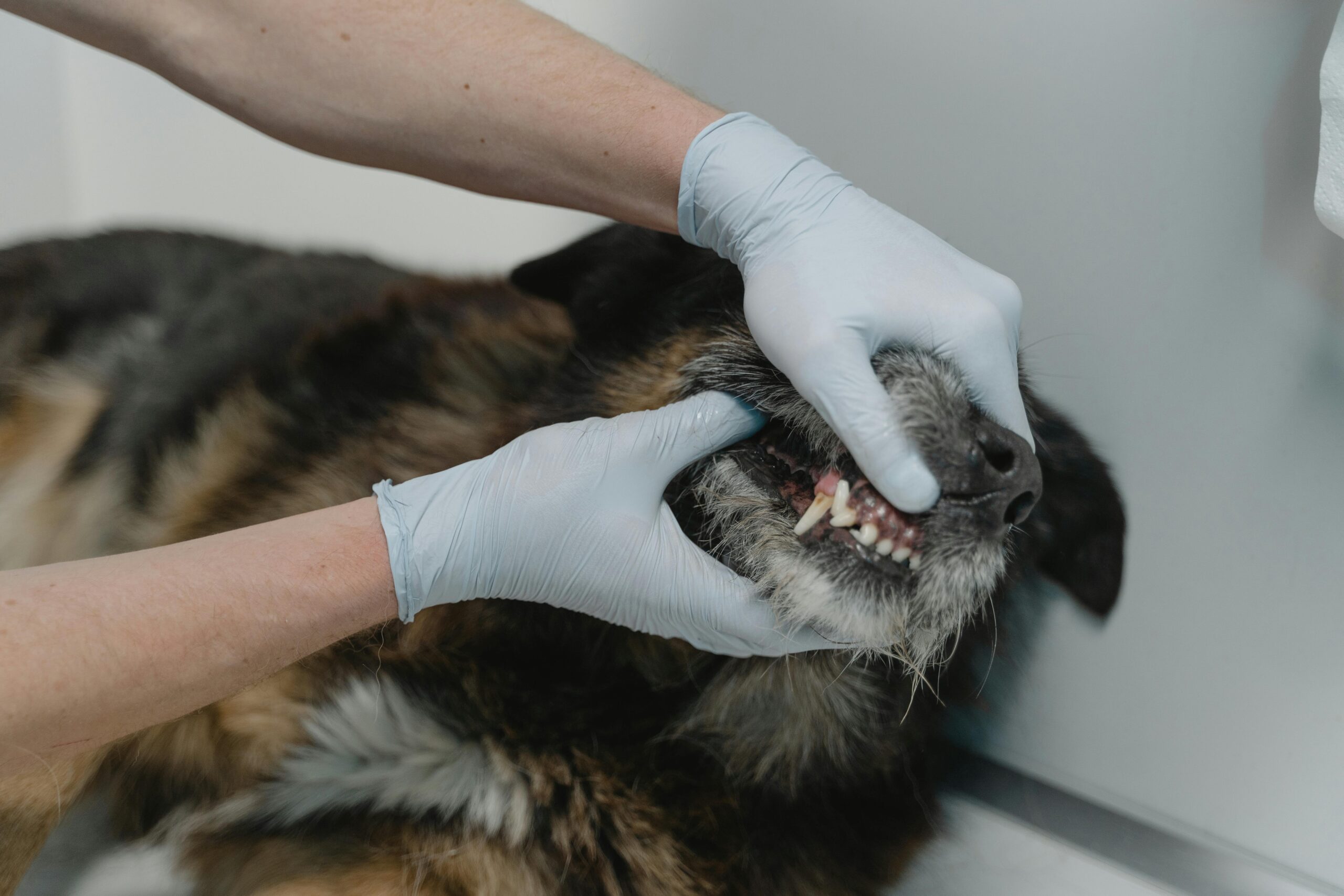Introduction
Have you ever believed that your pet’s dental hygiene takes care of itself, or that brushing their
teeth is an unnecessary hassle? You’re not alone! Many pet owners fall prey to these
misconceptions, often at the expense of their furry friends’ health. The truth is, neglecting your
pet’s oral hygiene can lead to severe dental diseases, pain, and even systemic health issues.
In this article, we’ll bust common myths about pets’ dental care and provide you with actionable
tips to ensure your pet’s teeth and gums stay in top shape. Let’s dive into the details and uncover
why pets’ dental hygiene is so important!

Section 1: Why Pets’ Dental Hygiene Matters
One of the most persistent myths is that pets naturally maintain clean and healthy teeth through
chewing. While chewing helps a little, it’s not enough to prevent tartar buildup or address deeper
oral health issues. Poor dental hygiene in pets doesn’t just cause bad breath—it can lead to gum
disease, infections, and even serious problems like kidney or heart issues.
How Bad Dental Hygiene Impacts Pets’ Overall Health
Pets rely on their owners to maintain their oral health. Without regular care, plaque hardens into
tartar, causing gum inflammation (gingivitis). Left untreated, this can progress to periodontal
disease, which is painful and can even lead to tooth loss. Worse, bacteria from the mouth can
enter the bloodstream and affect major organs like the heart and kidneys.
Shocking Statistics
Did you know that by the age of three, over 80% of dogs and 70% of cats have some form of
dental disease? This alarming figure highlights why taking proactive steps is essential.
Why Dental Care Should Start Early
Dental hygiene isn’t just for older pets! Puppies and kittens are equally susceptible to plaque
buildup. Starting early not only prevents problems but also makes brushing and professional
cleanings easier for your pet to tolerate later in life.
Section 2: 5 Myths About Pets’ Dental Hygiene
Myth 1: Pets Don’t Need Their Teeth Brushed
Many pet owners assume that brushing a pet’s teeth is unnecessary. After all, wild animals don’t
brush their teeth, right? But here’s the difference: our pets don’t live in the wild, and their diets
and habits have drastically changed.
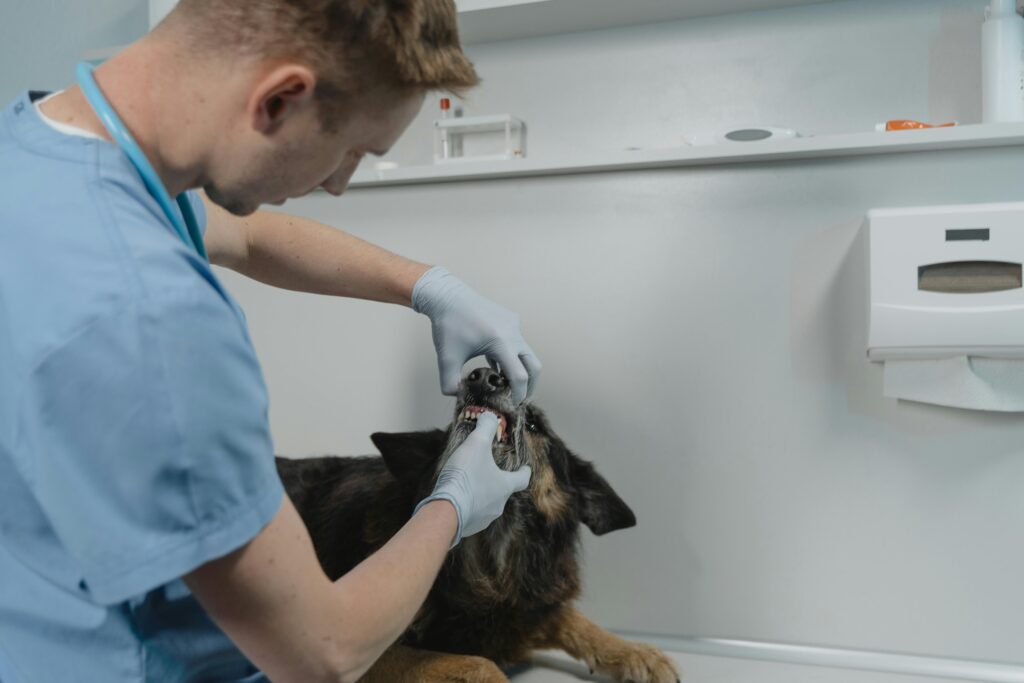
The Truth: Brushing your pet’s teeth is essential to prevent plaque buildup, gum disease, and
bad breath. Use pet-safe toothpaste (never human toothpaste) and a soft-bristled brush to clean
their teeth regularly. Even brushing a few times a week can make a big difference.
Myth 2: Dry Food Alone Cleans Pets’ Teeth
It’s a common belief that dry kibble is enough to clean your pet’s teeth naturally. While chewing
dry food may scrape off some plaque, it doesn’t provide a thorough cleaning.
The Truth: Dry food is not a substitute for brushing or professional cleanings. To truly keep
your pet’s teeth clean, you’ll need to incorporate proper brushing, dental treats, or water
additives designed for oral care.
Keywords Used:
• “Myths about feeding dry food for dental health”
• “Truth about plaque removal for pets”
Myth 3: Dental Chews Are Enough
While dental chews are popular and convenient, they are often misunderstood as a one-stop
solution for oral health.
The Truth: Dental chews can help reduce tartar buildup, but they work best when used
alongside regular brushing and professional care. Look for chews approved by veterinary dental
associations for maximum effectiveness.

Myth 4: Pets Naturally Clean Their Teeth by Chewing Bones
This is one of the oldest myths about pet dental care. Many believe that chewing on bones or
toys keeps a pet’s teeth spotless.
The Truth: Chewing can only address surface plaque at best. It doesn’t prevent tartar buildup,
gum disease, or infections deep below the gumline. In some cases, hard bones can even crack
teeth or cause choking hazards.
Myth 5: Bad Breath in Pets Is Normal
We’ve all heard it before: “Pets just have bad breath.” But is it really normal?
The Truth: Bad breath in pets is often a sign of underlying dental issues, such as tartar buildup
or gum disease. If your pet’s breath smells unusually foul, it’s time for a dental checkup with
your vet
Section 3: Common Signs Your Pet Needs Dental Care
Your pet can’t tell you when their teeth hurt, but their behavior and physical symptoms can
speak volumes. Unfortunately, many pet owners overlook the signs of dental trouble until the
condition becomes severe. By learning to spot the warning signs early—and using reliable dental
care products—you can save your furry friend from unnecessary pain and protect their overall
health.
- Bad Breath Isn’t Normal
Let’s start with the most common misconception: bad breath in pets is just “normal.” While it’s
true that your pet’s breath may never smell like fresh mint, a foul or fishy odor often signals
underlying dental issues.
Why It Happens:
Bad breath, also known as halitosis, usually occurs when bacteria accumulate in your pet’s
mouth. This can be due to plaque buildup, gum disease, or even a tooth infection
Recommended Product:
• Virbac C.E.T. Enzymatic Dog Toothpaste: This vet-approved toothpaste combats
plaque while keeping your pet’s breath fresh.
What to Do:
If your pet’s breath smells unusually bad, schedule a dental checkup with your veterinarian. Use
the right toothpaste, like the Virbac C.E.T., to make brushing effective and safe.
- Difficulty Eating or Chewing
Is your pet suddenly dropping food, avoiding their kibble, or eating less than usual? These are
clear red flags of oral pain.
Why It Happens:
Dental issues like gum inflammation, loose teeth, or infections can make chewing painful. Your
pet may even avoid certain foods or chew on one side of their mouth.
Recommended Product:
• Greenies Dental Chews for Dogs: These tasty chews help reduce tartar and make
chewing easier for pets with minor discomfort
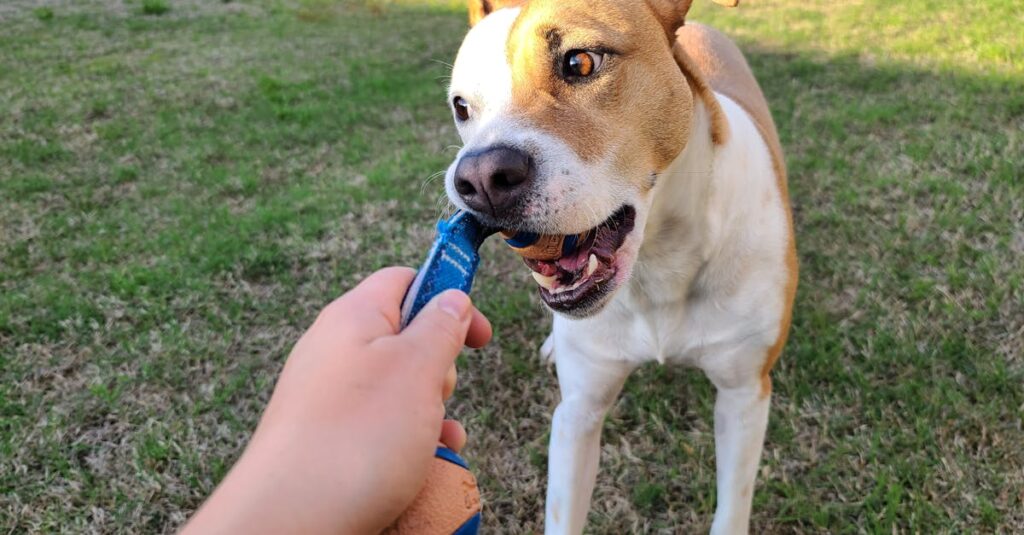
What to Do:
Observe your pet during mealtime. If they seem uncomfortable or hesitant, it’s time for a dental
exam. Complement brushing with dental chews like Greenies to reduce tartar buildup between
cleanings.
- Bleeding or Swollen Gums
Healthy gums should be pink and firm. If you notice redness, swelling, or bleeding, these are
signs of gingivitis or periodontal disease.
Why It Happens:
Plaque and tartar buildup can irritate the gums, causing them to become inflamed and bleed.
Without intervention, this can progress to severe gum disease.
Recommended Product:
• Vet’s Best Dental Gel Toothpaste: This soothing gel helps combat gum inflammation
while removing plaque.
What to Do:
Check your pet’s gums regularly, especially if they show other signs of discomfort. Regular
brushing with a gum-friendly product like Vet’s Best can prevent these issues from escalating
- Pawing at the Mouth or Drooling Excessively
Has your pet been pawing at their face or drooling more than usual? These behaviors are often
signs of oral discomfort or pain.
Why It Happens:
Pawing at the mouth may indicate a loose tooth, sore gums, or even an oral abscess. Excessive
drooling often accompanies these issues as your pet’s mouth tries to cope with the irritation.
Recommended Product:
• Oravet Dental Hygiene Chews: These chews help reduce plaque and soothe oral
discomfort, making them a great addition to daily care.
What to Do:
If you notice these behaviors, inspect your pet’s mouth gently. Look for visible signs of swelling,
redness, or an unusual smell. A visit to the vet is recommended to diagnose and treat the issue
- Loose or Discolored Teeth
Your pet’s teeth should be white and firmly in place. If you notice loose teeth, discoloration, or
visible tartar, these are serious signs of dental disease.
Why It Happens:
Poor dental hygiene allows plaque and tartar to weaken teeth and damage the roots. In severe
cases, infection can set in, making teeth loose or discolored.
Recommended Product:
• PetSafe Finger Toothbrush Kit: Perfect for addressing tartar buildup in hard-to-reach
areas, this kit is gentle and easy to use.
What to Do:
Regular dental checkups and cleanings can help prevent this. If you notice loose or darkened
teeth, schedule a vet appointment immediately to avoid tooth loss or further complications.
Bonus Tip: Regular Checks and the Right Products Are Crucial
Your pet’s mouth may look fine at a glance, but subtle problems often go unnoticed without a
professional exam. Pairing regular dental checkups with effective products is the key to long
term oral health.
Why It Matters:
Many dental issues don’t show obvious symptoms until they’re advanced. Using products like
Greenies Dental Chews and the Virbac C.E.T. Toothpaste alongside professional care ensures
your pet’s teeth stay healthy.
Conclusion of Section 3
Recognizing the signs of dental problems in pets is the first step toward ensuring their health and
happiness. Bad breath, bleeding gums, difficulty eating, and other symptoms should never be
ignored. Pairing proactive care with trusted products ensures your furry friend maintains a bright,
healthy smile.
In the next section, we’ll explore best practices for maintaining your pet’s dental hygiene, from
brushing techniques to diet and professional cleanings. Stay tuned
Browse Our Top Category

50ml Pet Oral Clean Spray Dog Cat Mouth Fresh Teeth Cleaning
READ MORE…….
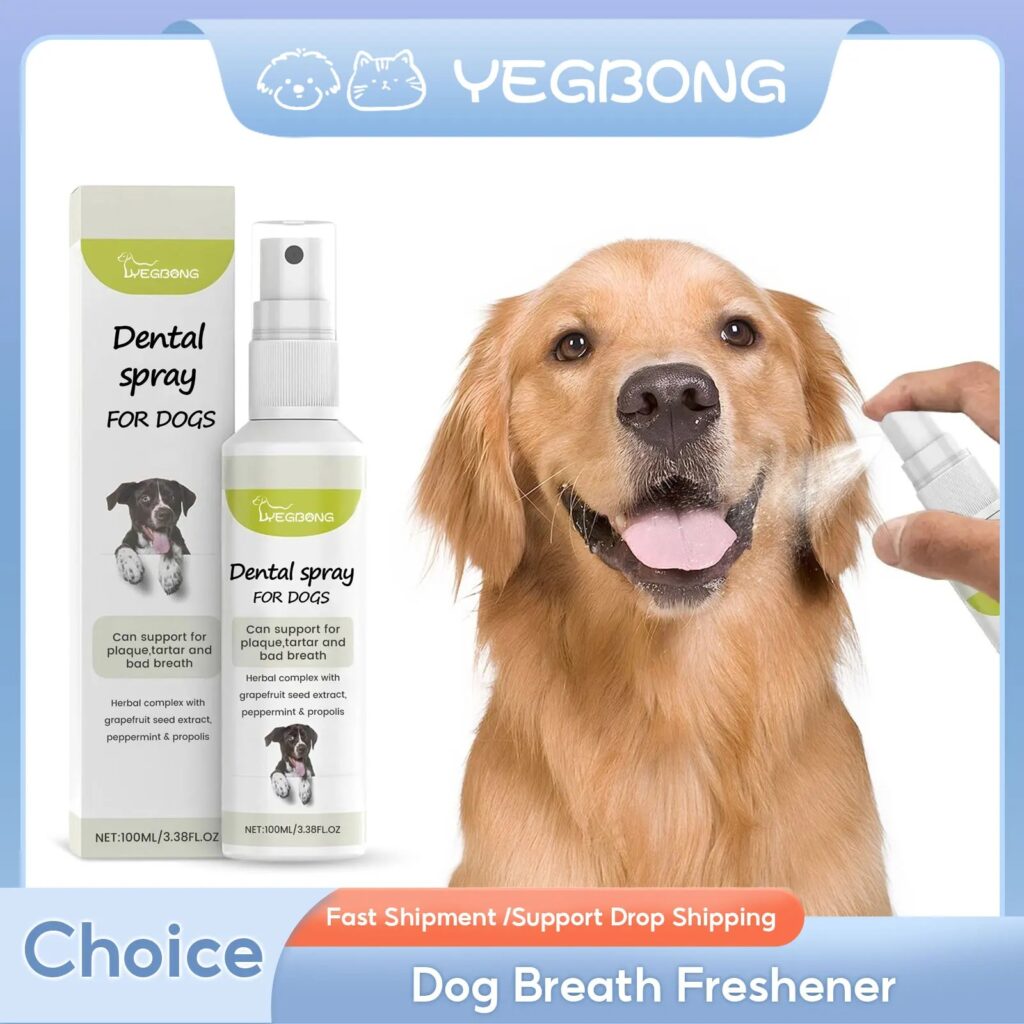
Mouth Freshener Remove Tartar Tooth Stain Bad Breath
READ MORE…….
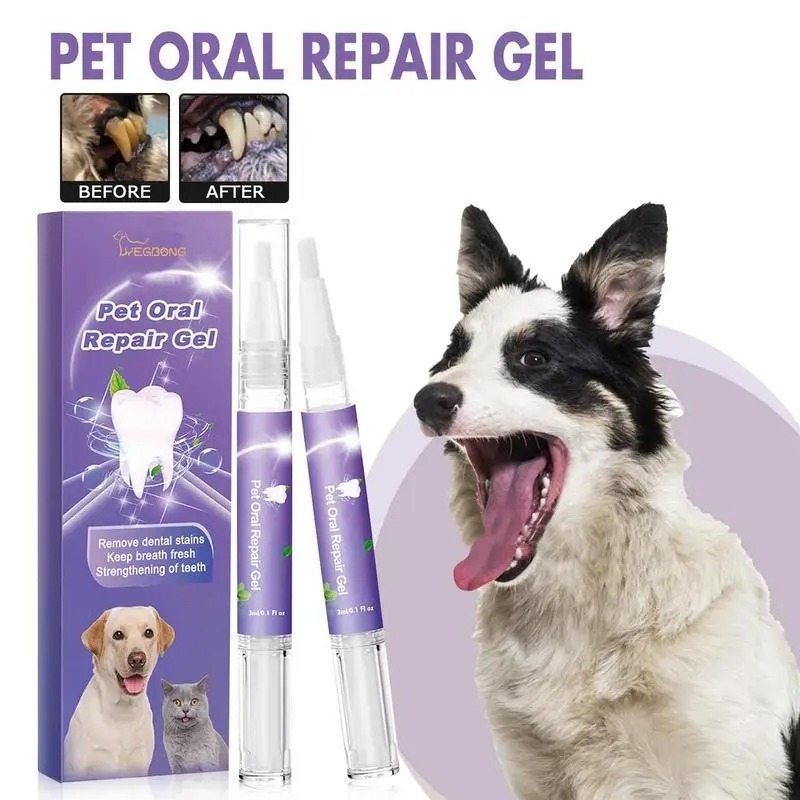
Dog Teeth Cleaning Gel Dog Teeth Cleaning Pet Teeth Care
READ MORE…….
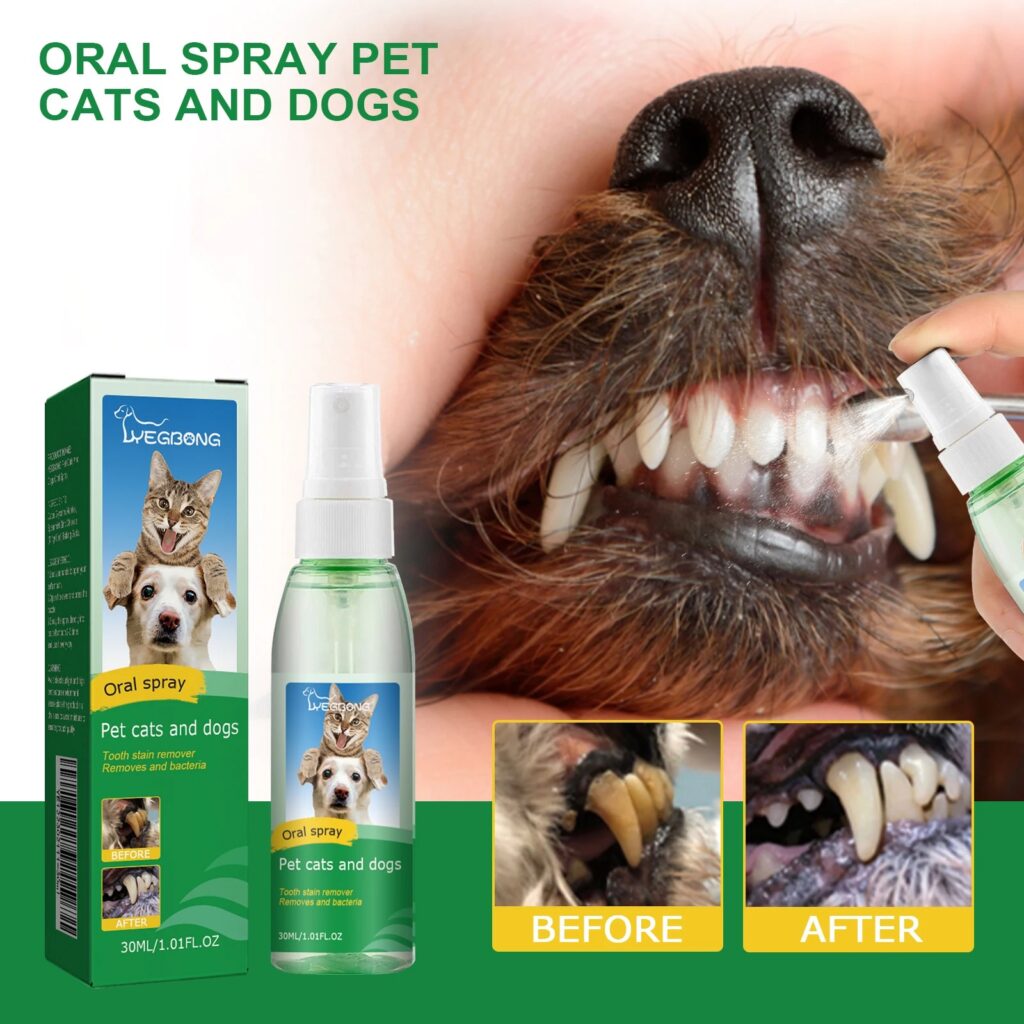
Pet Mint Fresh Breath Spray Cat and Dog Oral Cleansing Deodorant Removal
READ MORE…….


